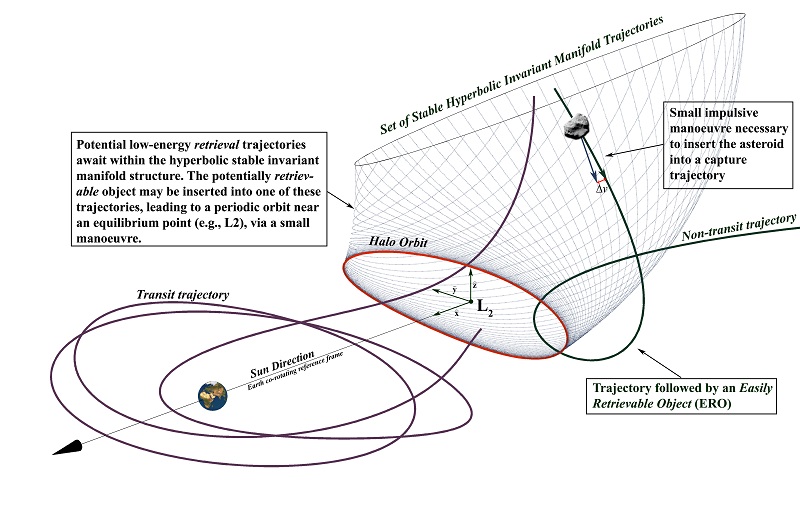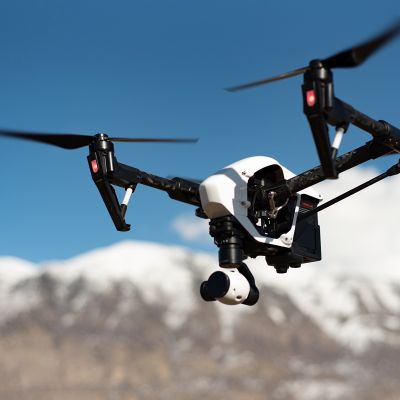Key Facts
- The ASTEROIDRETRIEVAL two-year project, funded by the European Union, ran until June 2015.
- Five asteroids that are due to pass near the Earth over the next few decades could be permanently captured with space technology that exists today.
- The capture trajectories identified benefit from very timely interactions between the gravities of the Sun and the Earth.
- Funded by The European Commission’s Seventh Framework Programme (FP7) Marie Curie Intra European Fellowship.
Impact of our research
The ASTEROIDRETRIEVAL project has carried out foundational research in space engineering science. It provided the grounds to understand the feasibility of space missions aimed at transporting large masses near the Earth for subsequent utilisation.
The project showed that there are a number of objects that could be transported into special orbital configurations that do not actually orbit the Earth in a classical sense. The objects inserted into these types of orbits would become extremely accessible for all sort of scientific equipment launch from Earth, but also for technologies aimed at advancing and demonstrating the potential for resource extraction and utilisation.
Ultimately, these potentially disrupting technologies may allow mankind to access space on a scale never seen before, but already dreamt by rocketry pioneers such as Konstantin Tsiolkovsky.
Why the research was commissioned
The research was commissioned because of its potential to stir the space European community towards achieving ambitious endeavours in space, but also to encourage public engagement in science by means of ‘far-fetched’ concepts of space exploration.


